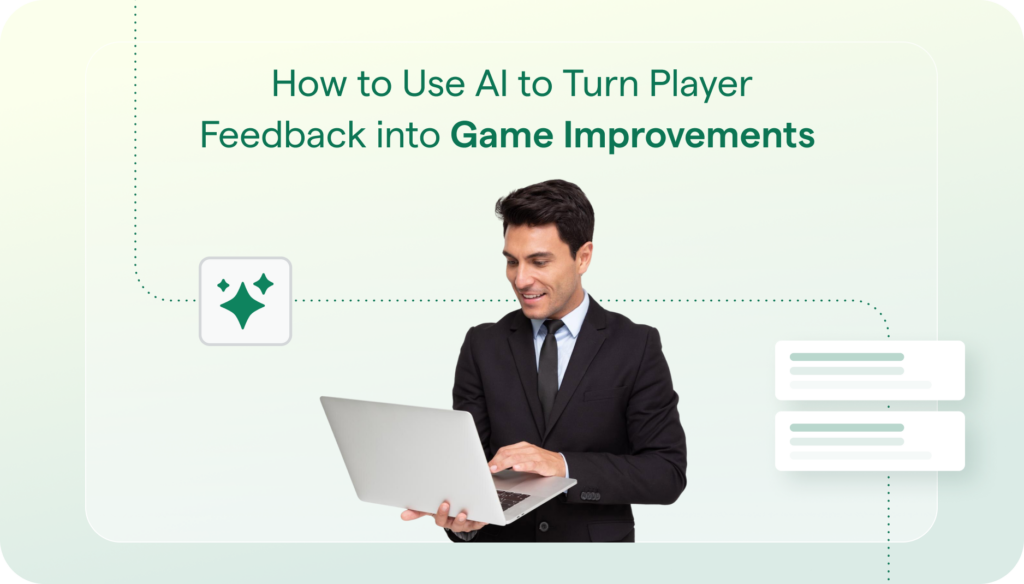Along with AI, deep learning and machine learning are constantly being promoted as the newest must-have tool. What are these mysterious technologies? What are the differences between them? And how can they be harnessed in a business environment?
Those are the questions we’ll answer in this article, starting with AI.
What Is AI?
Before you can understand machine learning (ML) and deep learning (DL), you have to understand artificial intelligence (AI). Why? Because DL and ML are basically specialized types of AI.
AI is the area of computer science that’s devoted to mimicking human thought processes with computing technology. Realistically, this often means training computers to do things that human brains do, such as pattern recognition, language processing, and information categorization and retrieval.
Just as our brains can perform a huge number of functions, there are quite a few subdisciplines of AI. Some of the major ones include machine learning, Big Data analysis, robotics, and natural language understanding.
What Is Machine Learning?
As we just mentioned, machine learning is a discipline within the broader category of AI. It uses algorithms to process data and extract meaning from it.
Essentially, ML enables machines to improve their performance over time. It starts with a training data set, which is made up of structured data (like what you’d find in a spreadsheet or database). A model is then chosen and parameters are set by human experts; all of this is programmed into the system. Multiple training cycles are used to “teach” the system, with humans providing adjustments and feedback as needed.
When the output from the training data begins to match the expected results, the ML system is then evaluated with a different set of structured data. Again, humans may make further adjustments, but the end goal is that this system is self-learning; it can improve its own performance based on the feedback it receives and the programming it is given.
What Is Deep Learning?
Deep learning is a sub-discipline of machine learning. Like machine learning, it tries to develop self-learning models that improve over time. The key difference is that humans are not directly involved in the training process.
Unlike ML, DL uses an Artificial Neural Network (ANN) to process data and arrive at conclusions. Essentially, DL allows a machine to train itself without human-provided parameters and feedback. The ANN is made up of various layers, such as the input layer, the output layer, and multiple layers in between. Information is fed through these layers and transformed so it can be used by the subsequent layer. As the data is processed by the ANN layers, the system develops its own classifications and parameters.
There’s no human intervention in the process, so a lot of data is needed for deep learning. Unlike machine learning, DL can use unstructured data (which isn’t pre-labeled like structured data). It requires a lot of computing power, which can get quite expensive. Also, DL can take a long time to train itself.
What Is the Difference Between Deep Learning vs. Machine Learning?
There are quite a few differences between deep learning and machine learning; the following are the most relevant to our discussion:
- Machine learning must be ‘told’ how to perform its tasks, whether that’s finding a pattern, differentiating between objects, or making predictions. Deep learning trains itself.
- ML can be done on a relatively small amount of data and requires less computing power; DL requires a large amount of data and consumes a lot of computing power.
- ML requires structured (or “labeled” data); DL can handle unstructured data.
- ML takes less time to train; DL takes longer to train because the data has to be processed through many layers.
- ML handles various types of automation well; DL handles problems that are too complex for ML and are generally large in scale.
In short, we can say that machine learning is programmed to ‘behave’ a certain way or do its tasks a certain way; deep learning figures out for itself how to complete its task.
Deep Learning vs. Machine Learning: Applications in Customer Service
AI, machine learning and – increasingly – deep learning are becoming more common in a business context. For example, we’ve seen AI being applied to power up data analytics, improve sales efficiency and optimization and more. It’s proven especially helpful in taking over time-consuming, repetitive tasks that slow down customer service processes.
In the field of customer service, we’re seeing automated helpbots that can be used as the initial contact between customers and a company. These AI powered tools can solve simple queries, complete rote tasks questions and classify issues to identify the best path to resolution. If the customer’s request requires more complex solutions, it can simply be escalated to a human support agent.
Alongside this, ML is being used in sentiment analysis – analyzing text or speech for clues as to the user’s state of mind. In addition to the speed of service provided by ML chatbots, sentiment analysis can help customers feel valued and supported as they reach out for help.
Helpshift Resources:
Product: Chat and Conversational Help
Product: Helpshift Bot Automation



